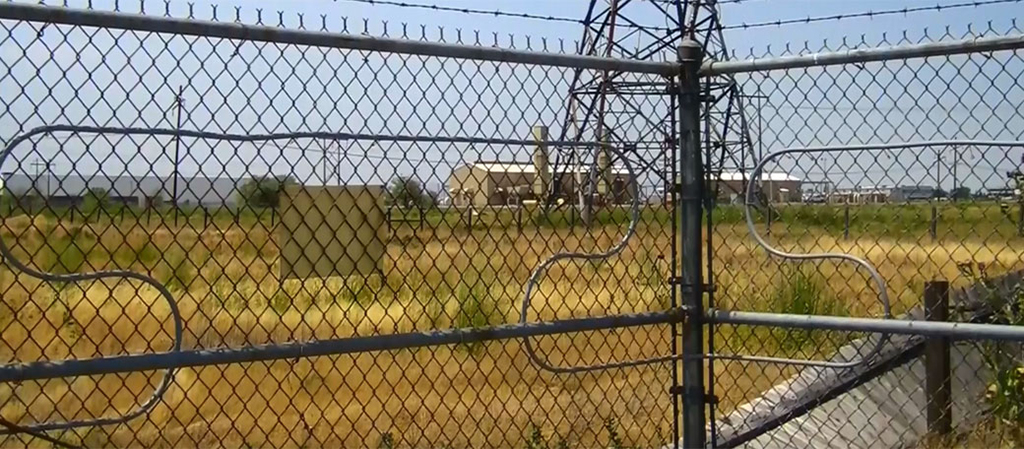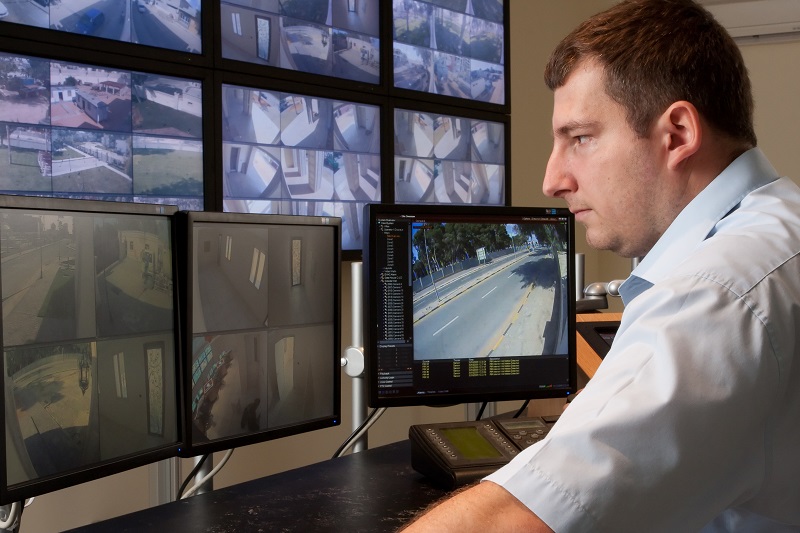How a Fiber Security System Provides Unmatched Dependability and Speed in Security Surveillance
Why Fiber Optic Security Solutions Are the Future of Protection
The shift to fiber optic safety and security systems marks a substantial advancement in the realm of security, driven by their extraordinary information transmission capabilities and durability to external interferences. As the landscape of protection progresses along with arising modern technologies such as AI and IoT, the possibility for fiber optics to enhance and redefine safety frameworks comes to be significantly noticeable.
Advantages of Fiber Optic Equipments
Among the primary benefits of fiber optic systems is their superior data transfer ability, which promotes the transmission of large quantities of data over cross countries without considerable loss. This particular is specifically useful for protection applications that need the constant tracking and transfer of high-definition video clip feeds, sensing unit data, and other crucial information. Optical fiber can suit the growing needs of modern safety systems, ensuring that information stays undamaged and trusted.
Furthermore, fiber optic wires are much less susceptible to electromagnetic disturbance, which can be a substantial concern in environments with numerous electronic devices. This resistance improves the integrity of the information being transferred, thereby decreasing the danger of information breaches or system failures. Fiber optic systems are inherently a lot more safe than traditional copper cables, as touching into a fiber optic line without detection is exceedingly hard.
The sturdiness of fiber optic cords likewise adds to their appeal. They are immune to ecological elements such as dampness and temperature fluctuations, minimizing maintenance expenses and boosting system durability. On the whole, these benefits position fiber optic systems as a robust and reliable choice for modern safety and security facilities, making sure reputable and secure information transmission.
Enhanced Information Transmission Speed

The ability to transfer large quantities of data swiftly assists in the seamless assimilation of high-definition video feeds and progressed analytics. Safety and security systems can now process and assess information in real-time, boosting reaction times and situational awareness. In addition, fiber optic connections support longer transmission ranges without deterioration of signal quality, making them optimal for large safety networks.
The raised speed of fiber optic systems not only boosts the performance of security procedures but additionally reduces latency. This is especially vital in critical circumstances where prompt decision-making can avoid safety violations or alleviate prospective hazards. As organizations proceed to focus on security and efficiency, the demand for rapid and trustworthy data transmission will definitely solidify fiber optic systems as a cornerstone of modern security infrastructure.
Resistance to Disturbance
Fiber optic protection systems consistently show remarkable resistance to electromagnetic disturbance, a critical advantage in environments susceptible to electronic noise. Unlike standard copper cable televisions, which can be negatively impacted by electromagnetic fields, superhigh frequency disturbance, and other types of electric disruption, fiber optic cable televisions utilize light to transmit information. This inherent residential or commercial property makes certain that the signals stay clear and unaltered, despite bordering digital activity.
Using glass or plastic fibers in fiber optic modern technology creates an obstacle against interference, allowing for reliable data transmission also in difficult scenarios such as industrial centers, metropolitan locations with high electronic traffic, or areas near radio towers. This particular substantially minimizes the chance of signal destruction or loss, making fiber optic systems particularly suitable for safety applications where stability and accuracy of data are paramount.
Furthermore, this resistance to disturbance improves the total efficiency and reliability of protection systems, making sure that monitoring and sharp systems function flawlessly. In a world where safety and security is progressively threatened by innovative technologies, the strength of fiber optic systems attracts attention as an essential feature, enhancing their status as an important part of contemporary security infrastructure.
Cost-Effectiveness With Time
Considerable cost savings can be achieved with time with the implementation of fiber optic safety systems. While the initial financial investment may seem greater go now compared to conventional copper-based systems, the long-term financial benefits emerge with decreased operational and maintenance prices (fiber security). Fiber optic wires are inherently more resilient and less susceptible to ecological elements, which equates to lower replacement and fixing expenses over their lifespan
In addition, fiber optic systems call for much less power to run, which further lowers power costs. Enhanced data transmission capacities permit fewer repeaters and amplifiers, lessening tools investment and simplifying installation processes. The scalability of these systems likewise adds to cost-effectiveness, as organizations can expand their security framework without incurring considerable added costs.
An additional element to consider is the raised performance in monitoring and feedback capacities that optical fiber supply. Boosted real-time data transmission can bring about quicker incident feedback times, possibly mitigating losses and responsibilities linked with security violations. Altogether, the long-lasting benefits straight from the source of fiber optic security systems not just validate the initial expenditure however also place them as an economically prudent selection for organizations looking browse this site for robust defense solutions.

Future Technologies in Safety And Security
Advancing modern technologies are established to revolutionize protection systems, integrating expert system (AI) and maker knowing to boost threat discovery and feedback capabilities. These innovations will enable security systems to assess large quantities of data in real-time, determining patterns and abnormalities that suggest potential threats. This proactive approach will enable faster decision-making and much more efficient case responses.
Furthermore, the incorporation of the Internet of Points (IoT) is leading the way for interconnected safety tools, using comprehensive security and surveillance. Smart sensors can communicate information about environmental modifications, while automated notifies can inform protection personnel instantly of suspicious activities.
Moreover, the advancement of biometric technologies will certainly even more bolster protection systems. Face recognition, finger print scanning, and retina identification are becoming a lot more innovative, offering layers of authentication that are hard to bypass.
Final Thought
In conclusion, fiber optic safety and security systems stand for a substantial improvement in security technology, supplying unrivaled information transmission rate, resistance to electromagnetic disturbance, and long-lasting cost-effectiveness. As the demand for sophisticated protection solutions continues to grow, the combination of fiber optics with arising modern technologies such as AI, IoT, and biometrics will certainly even more enhance safety and security infrastructures (fiber security). The mix of these advancements will certainly make sure a more safe and secure and responsive setting, strengthening optical fiber as a cornerstone of future safety and security systems